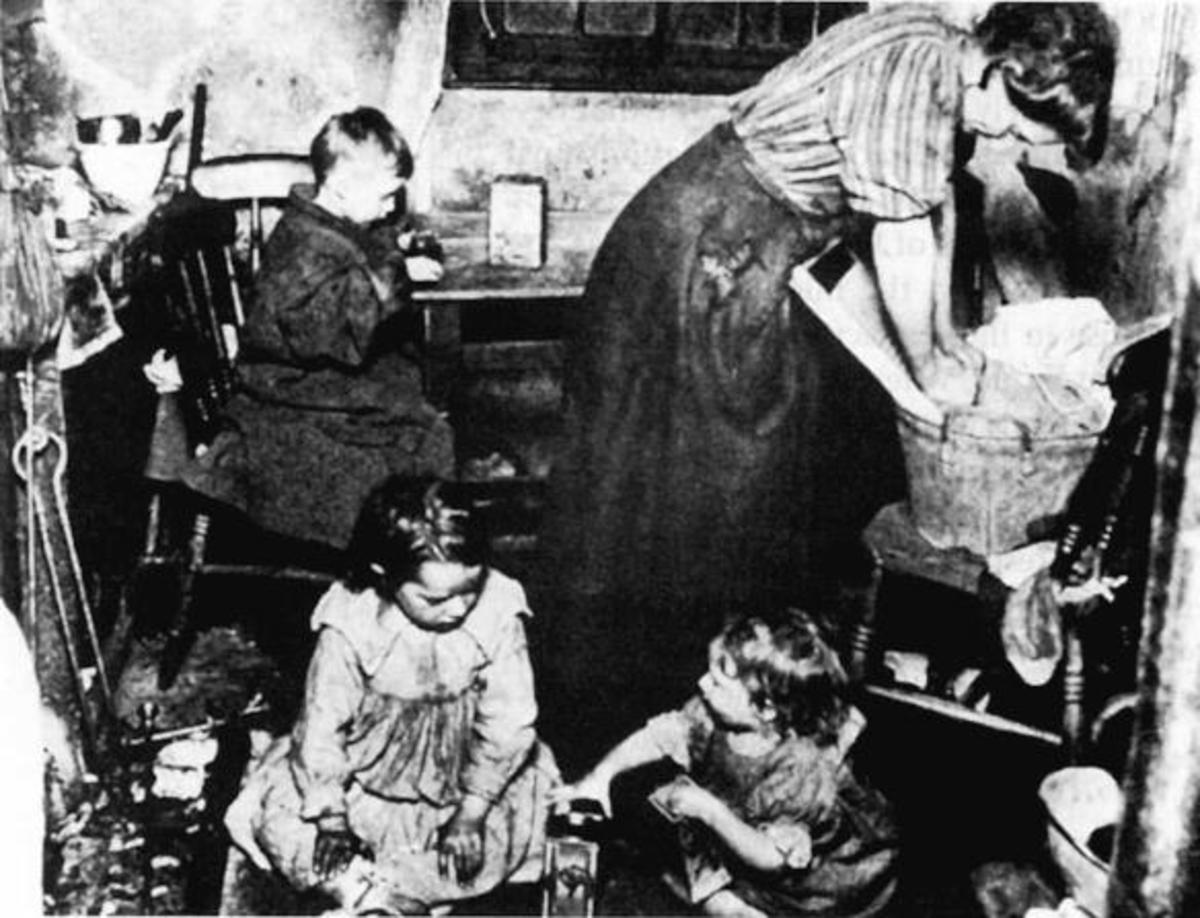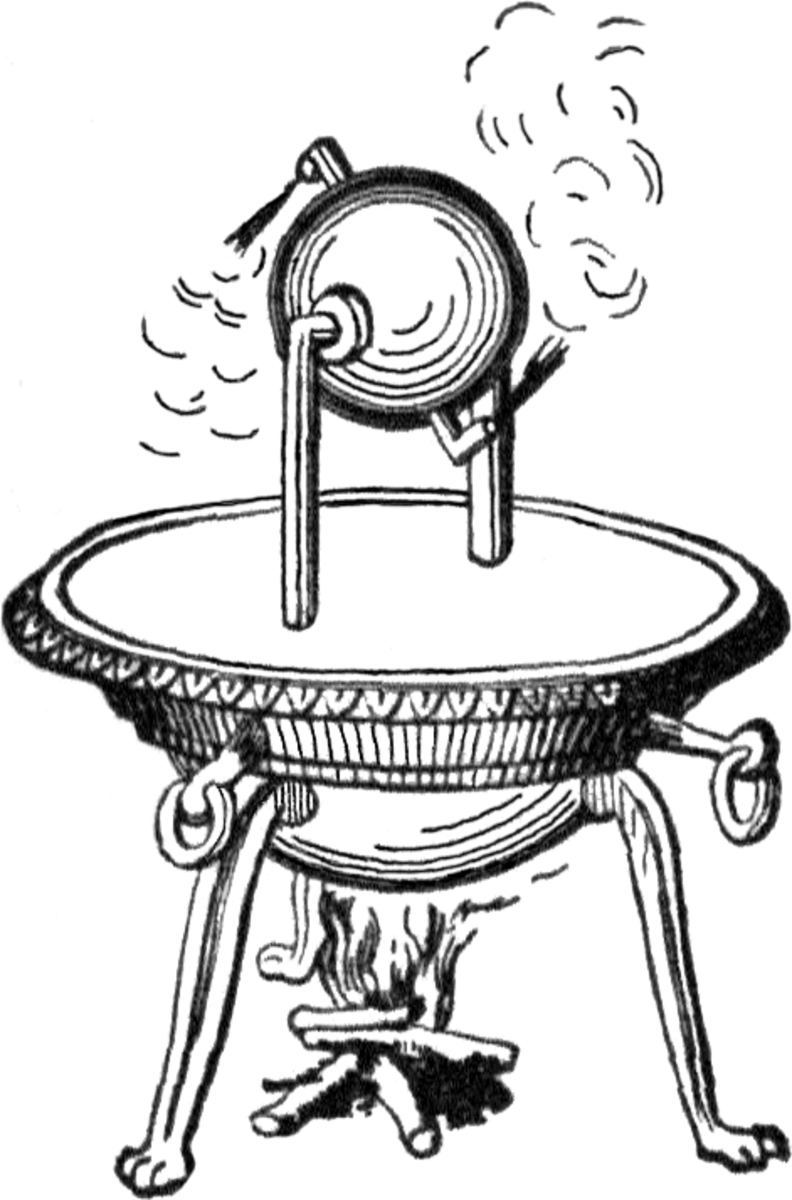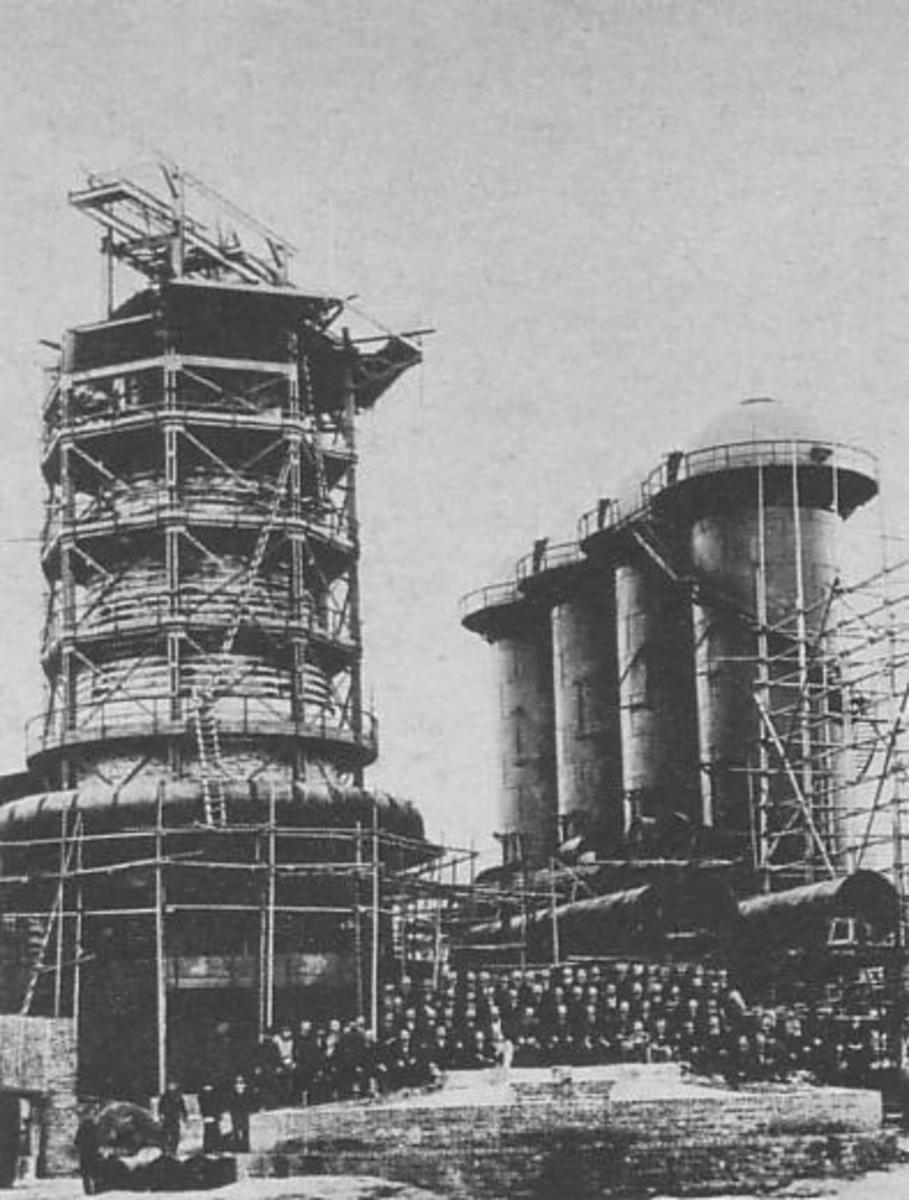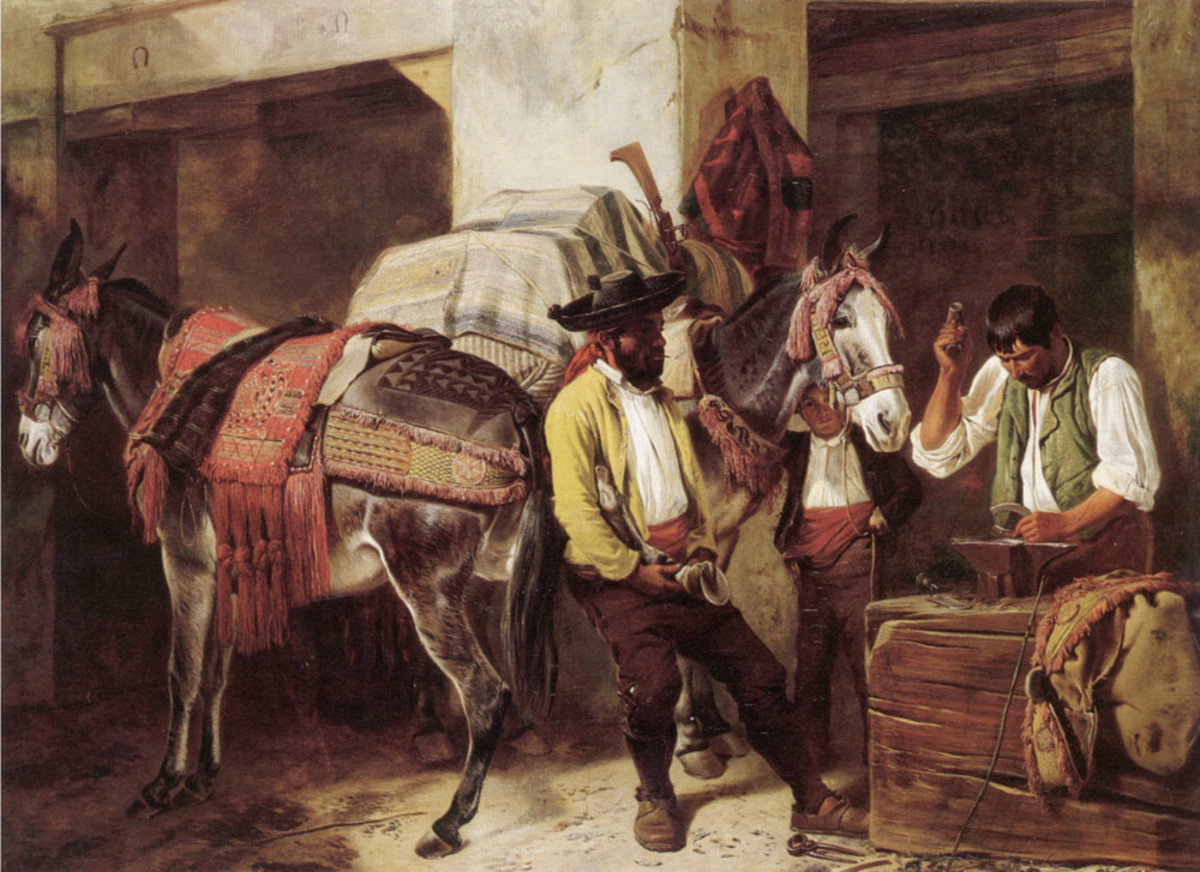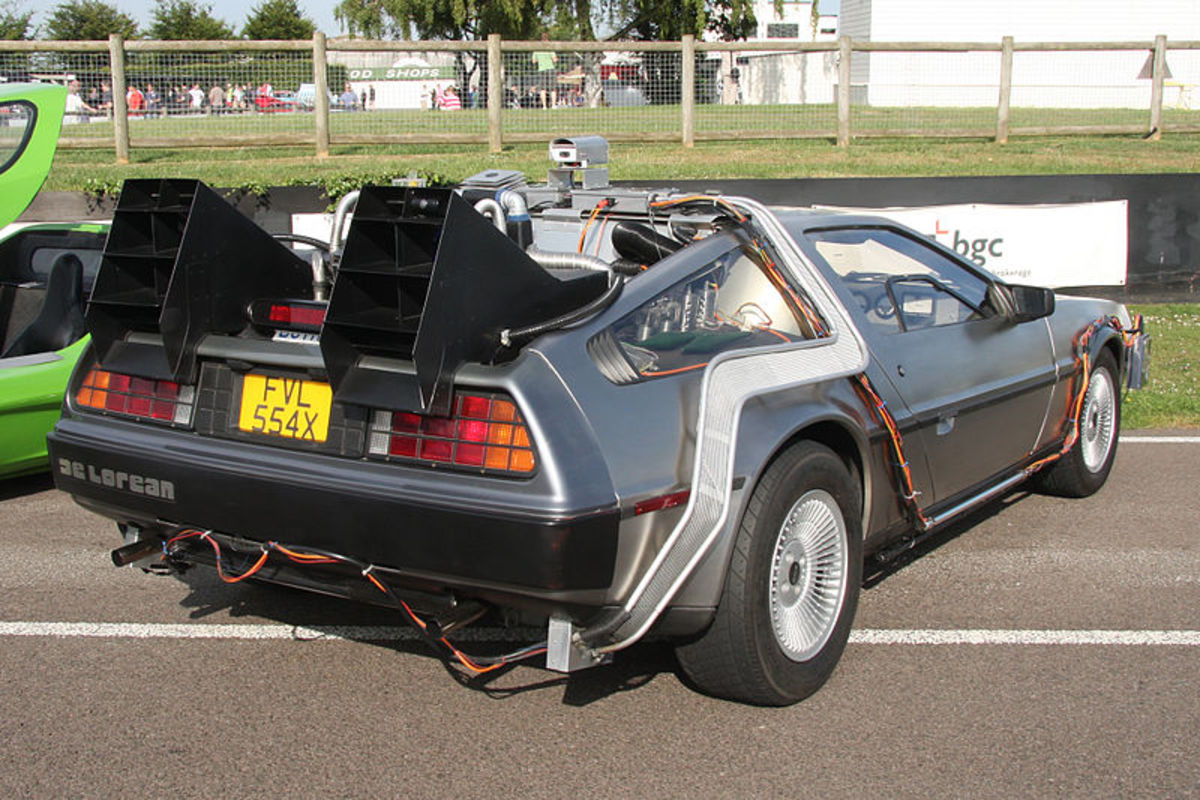Transition From the Age of Sail to the Age of Steam with Maritime Shipping...
The Age of Steam...
The Age of Sail was an exciting time to be a sailor and on the ocean, but it did have it drawbacks. A ship was always dependent on the prevailing wind conditions and sometimes could get stopped when the wind died down. There was no alternative in those conditions except to wait it out and hope for a fair bit of wind soon. The Age of Steam helped to solve those problems. It was also the dawn of the industrial revolution, which brought many other fantastic wonders to Western Civilization and changes in culture as well. Steam opened up many areas that were previously uncharted because wind and sails could not be depended on to get people and goods to where they needed to go, such as upstream in the mighty Mississippi River, and opened up settlement all along that river and its tributaries. Regardless, the Age of Steam did not come about overnight.
It wasn’t until the early 19th century that the first steamship engine was created for use on the water in England, and Robert Fulton and others soon followed with similar designs in the United States. The engines at first were rather weak, and only useful for slow speeds along the Hudson River or Lake Champlain, but over time they were gradually transformed into more powerful boats. This was really needed on the Mississippi River, where the current was much faster and frequently held back ships that tried to come up it into the interior of the U.S. The very first steamboats were not powerful enough for the Mississippi, and it wasn’t until the development of the high pressure engine that things really got rolling on the river!
The high pressure engine was definitely more powerful, but it did have a serious drawback in that it frequently exploded while operating. When it did explode, it was quite often deadly, and for a while passenger barges were towed behind the riverboat to keep them safe. Even with all that, river snags were most often the cause of ship sinkings on the Mississippi River. Tree branches or logs just under the dark and muddy surface would catch unsuspecting boats or ships and hang them up, oftentimes leaving them no way to get unstuck because of the speed of the water flowing. Their hulls would just crack up as the water level dropped over time, but usually there was plenty of time for the passengers to get off the boat safe.
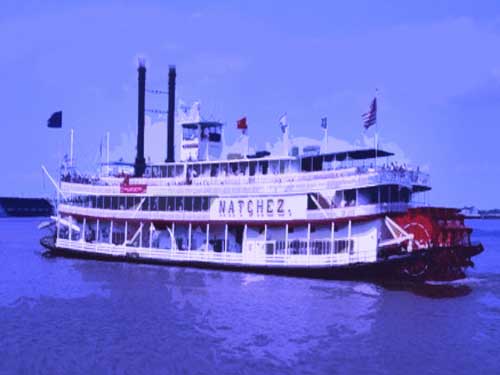
Steamboat Inventions...
Coastal steamboats took more time to replace sailing vessels; usually because the sailing ship was still a more stable and reliable form of boat and could withstand harsher weather. In fact, there were still commercial sailing ships until after WWII, so it took a long time to be replaced completely. However, steam morphed into gas and diesel powered vessels, so in reality sail outlived even steam!
Steam powered vessels played a big part in the Civil War, with both sides building them as warships. The very first steam powered warship in the world wasn’t built until 1850, but during the war there were plenty of ships built for battle. Iron sided steam ships were preferred, because they could withstand cannon attacks at close range without heavy damage. Often times, two iron clad ships would battle to a standstill because neither side had an advantage until other tactics were tried. Horsepower was important, as the faster and more powerful ships could always gain an advantage over the less powerful one.
With the advent of steam powered ships, new roles on board were needed. Now it became important to have a ships engineer on board in order to properly run the boiler and condenser, and keep it from blowing up if possible. They had to keep the temperature from getting too hot and the coal flowing. New engineers needed to be trained properly ashore in order to supply all the ships that needed them, so schools had to be set up to meet the demand. Steam required fewer seamen on board since sails were not needed for the most part. So a much smaller crew was required, but one with a higher set of skills. The Industrial Revolution was spawned when the steam engine was created, because before that the only way to move something was either by man or horse power, or wind power. Machinery did not really exist up to that point, and it opened a huge amount of doors.
Industrial Revolution Changes...
Being down in the bowels of the ship where the coal was being shoveled and the boilers putting out a lot of heat was not a great place to be. It was a big change from the cool breezes of the deck, where a person could breathe in fresh air with every breath. The Navy calls these positions “Snipes”, because they work deep in the engineering section of the boat. Since fewer sailors were needed to run the ships, there were more sailors out of work or looking for other occupations. This helped to grow the cities bigger where the companies and corporations grew much bigger because of the congregated manpower nearby. Before 1900 or so, super big corporations did not exist, it was all mostly small businesses.
After the Civil War, which expanded Naval ship building knowledge tremendously, the United States soon became a major power in the world, using what it learned with steam warships in other countries and places, including Cuba. The U.S. fought Spain and they eventually lost Cuba, Puerto Rico, and the Philippines, their last bastion of colonies around the world. It soon became apparent that warships had to become steam powered to compete with other countries that had that technology. A country that didn’t upgrade their fleet would soon be lost.
So in retrospect, the invention of steam powered engines was a big game changer for the world, from using them in steam powered ships, to steam powered trains which helped to explore and settle the interior of the United States, Africa, and South America. The advent of the industrial revolution brought with it many technological changes and inventions, and also crowded and polluted cities and bigger factories with horrible working conditions. So it had both its pros and cons to consider, but it did seem to be a necessary evil. Steam powered ships helped bring in a new era in both the U.S. and the rest of the world.



